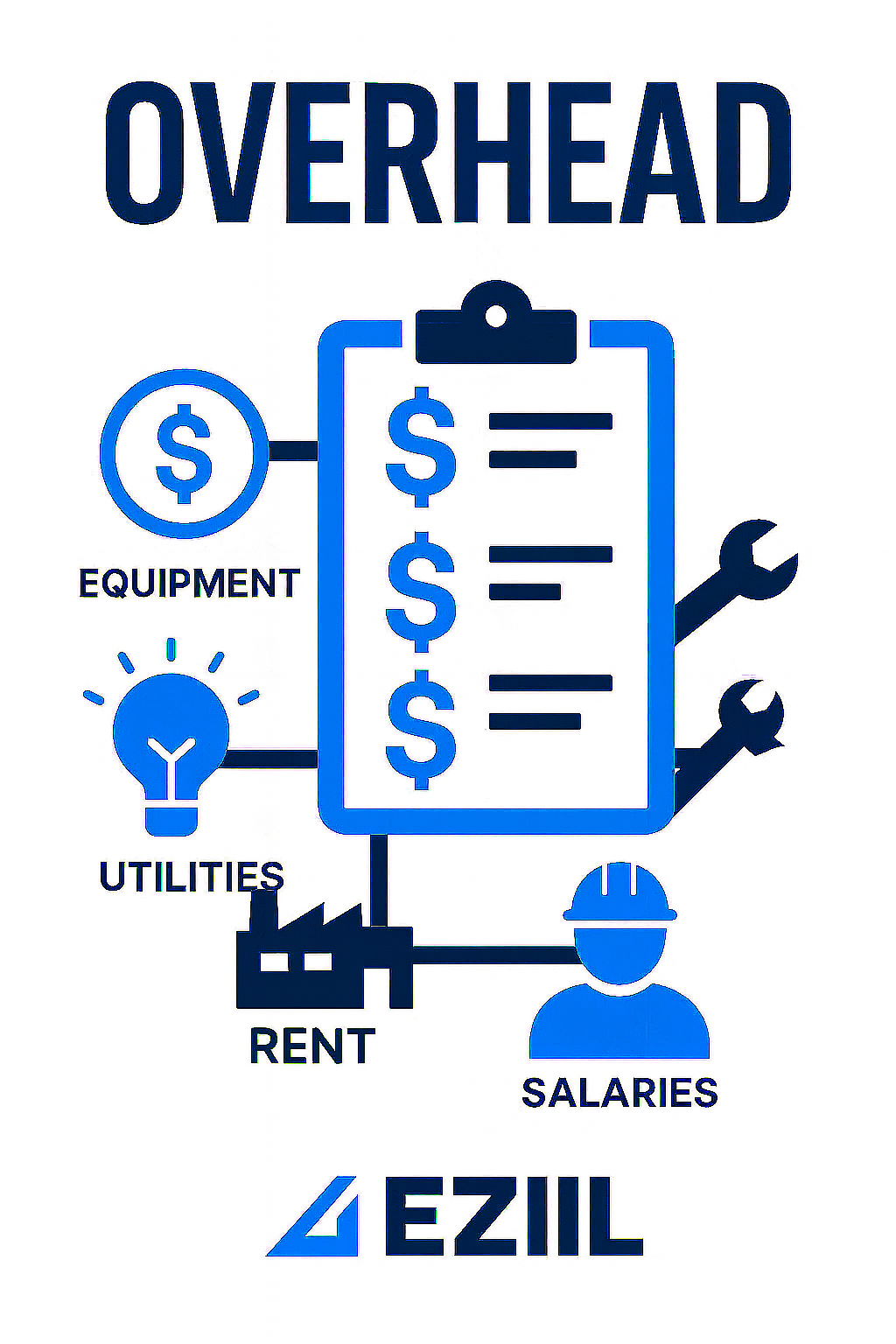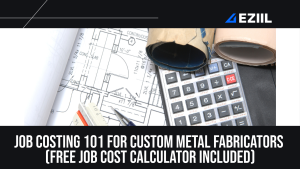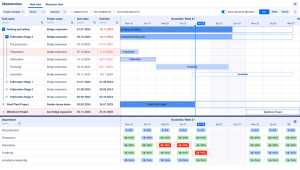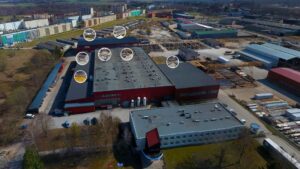Overhead
What is Overhead in steel fabrication?
Overhead refers to the ongoing business expenses that are not directly tied to a specific job’s production but are necessary to keep the shop running, such as rent, utilities, shop supervisors’ salaries, equipment depreciation, and insurance.
In job costing, these are indirect costs that must be allocated to jobs in a fair manner (often as a percentage of labor or machine hours).
For a small fabrication shop, overhead can be a significant portion of costs. For example, the welding wire on a job is a direct material cost, but the electricity to run the welding machine is overhead.
Accurately accounting for overhead ensures that pricing covers not just the obvious materials and labor, but also these supporting expenses.
Many shops calculate an overhead rate ($X per labor hour) to apply to jobs.
Reducing overhead (for example, negotiating lower rent or improving energy efficiency) can directly improve profitability, but caution: cutting overhead too far (like delaying maintenance) can hurt capacity and quality.
Overhead costs are typically fixed or semi-fixed, meaning they remain even when work slows, which is why keeping the shop fully utilized is important to “absorb” overhead.
Examples of manufacturing overhead include indirect labor (shop cleaner, maintenance tech), indirect materials (welding gas, drill bits), and factory costs (shop lighting, building lease).



